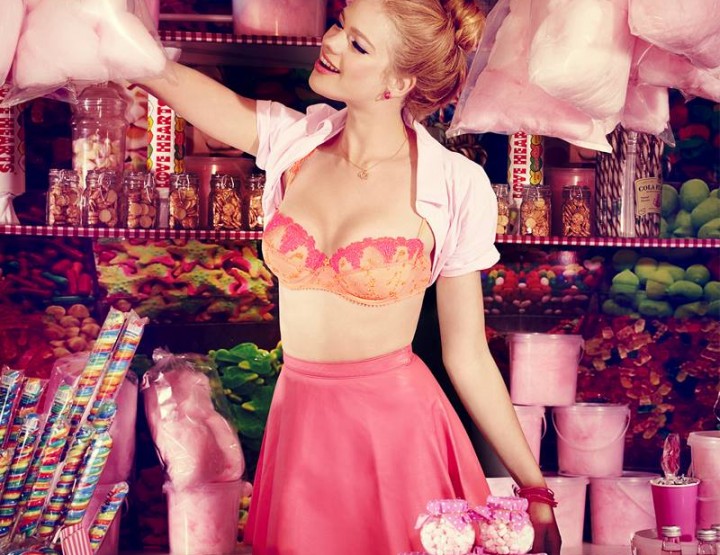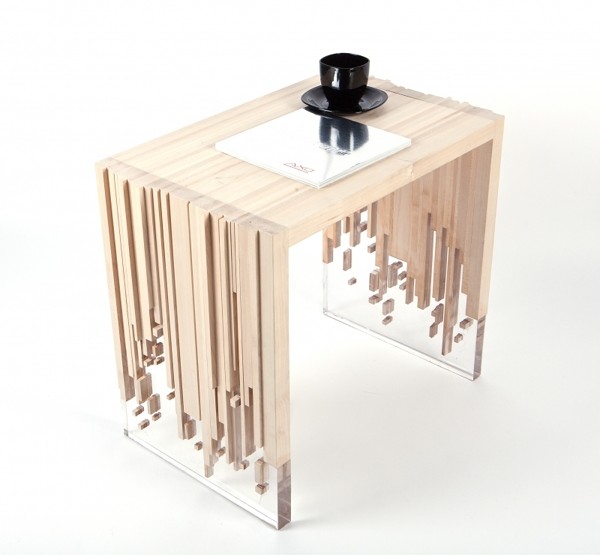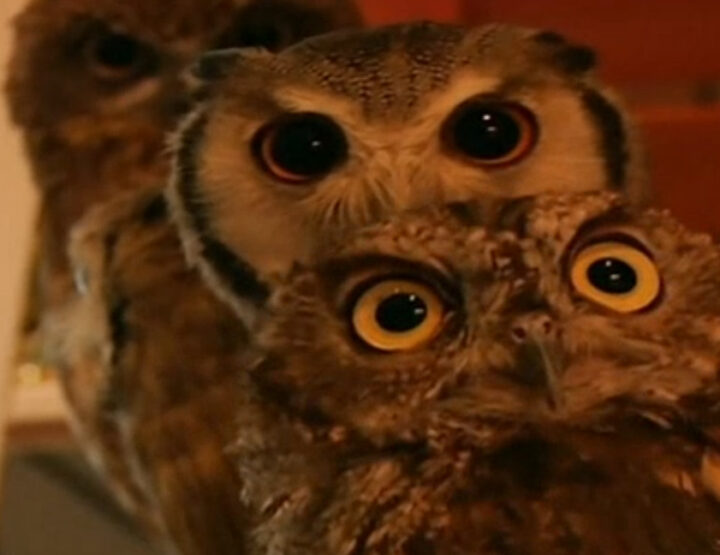All around the world, sex has always occupied a significantly popular place in the annals of art and culture, be it the Kama Sutra or Buddhist penis statues. In Japan, graphic artists and painters of the 17th century gave their fantasies free reign to wander, fleshing out their sexual fantasies in many impressive works of art. Woodcuts illustrating nude women as well as paranormal erotic scenarios (!) are now being exhibited in many modern Japanese museums.
However, during the Meiji restoration, erotic art faced a wave of repression and censorship, which eventually culminated in the birth of Ero Guro Nansensu in the 30s and 40s.
Ero Guro Nansensu is an art genre that aims to shock with its cocktail of eroticism and violent gore. It was also intended to emphasise the population’s general dissatisfaction with the new regime, which disrespected art and considered lust and sexual desire as necessarily bad things. It was understandably difficult to live as an artist in an era of enforced coordination and militarization. Ero Guro Nansensu, however, only became more extreme, constantly overstepping limits and pushing boundaries.
Today, you could fill countless print volumes and whole galleries with these grotesque and erotic works of art. Even Western artists took to adapting this provocative concept into their works, such as Charles Burns did with his graphic novels.
The idea of combining the paranormally erotic with violent and graphic illustrations may appear very bizarre to many. However, in the land of the rising sun, it was considered a mixture of two traditional art genres. Traditional Japanese art was characterised by either the depiction of violent war scenes or of erotic, pornographic situations.
Modern artists like Takato Yamamoto currently enjoy a growing popularity on social networks with their grotesque and bizarre artworks, which depict beautiful women and handsome, androgynous, young boys in the nude being tied up and cut up.
Image: ©www.yamamototakato.com





